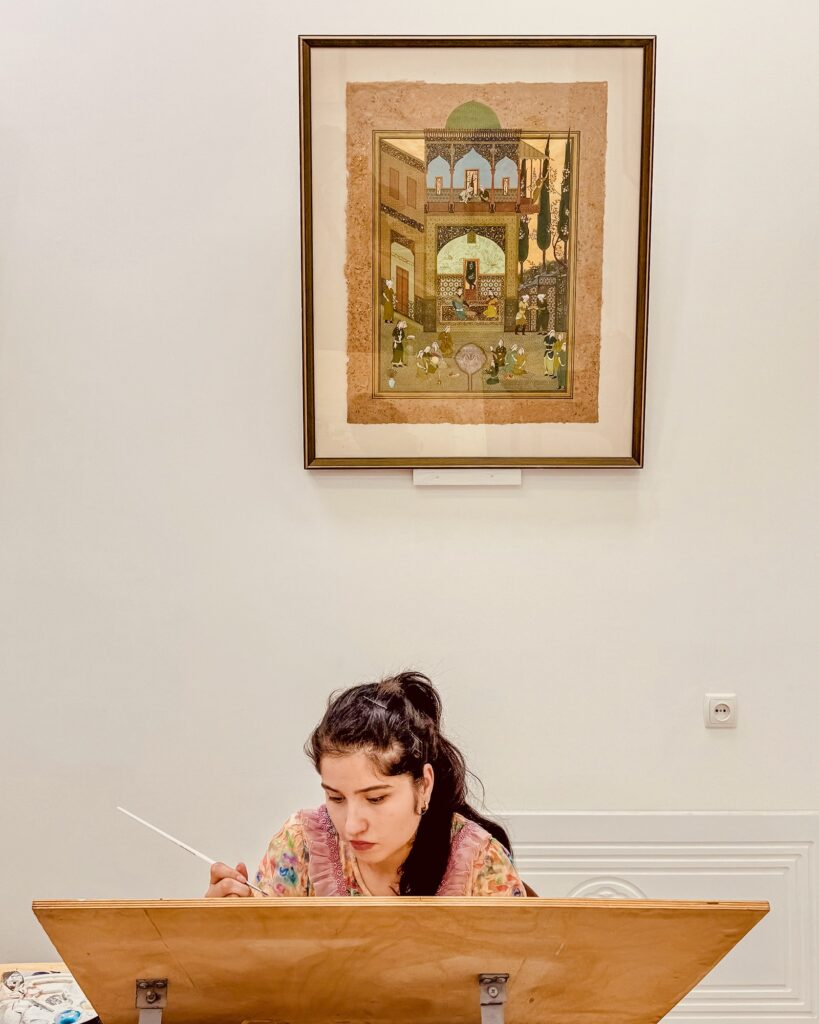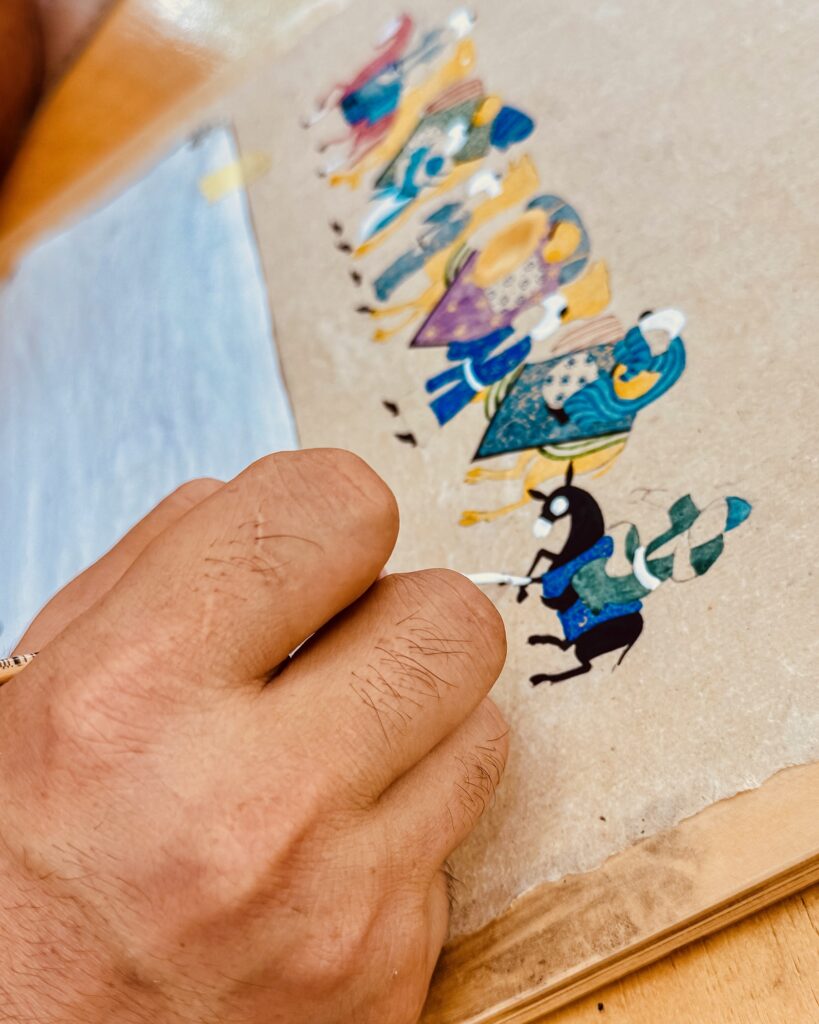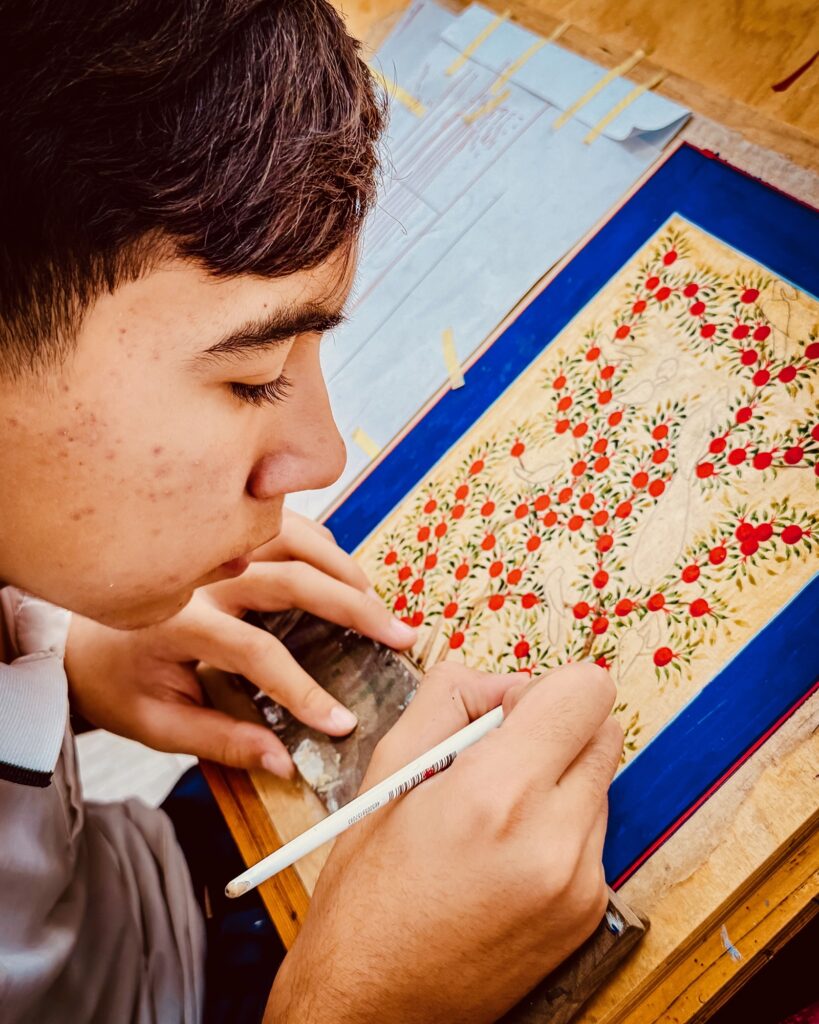That time I met Davron Toshev, Uzbekistan’s ‘Maestro of the Miniature’
The tradition of miniature painting in Central Asia dates back to the reign of Tamerlane, way back in the 14th century.
Artists used the form to illustrate documents, manuscripts, interior items and poetry books.
The first thing you’ve got to know is that miniatures don’t have to be miniature. The term “miniature” actually comes from minium, a lead tetroxide that was used as a red pigment by medieval illustrators.
It has also come to refer to the ‘fineness’ of the art. The thinner and brighter the painting is made, the more highly the miniature is prized.
Creating a good miniature is complicated and time-consuming. It requires perseverance, great patience, a steady hand and keen eyesight.
Things that Davron Toshev has in abundance.
Toshev is arguably Uzbekistan’s greatest living miniaturist. He has exhibited his work around the world and is a confidante of the current Uzbek president.
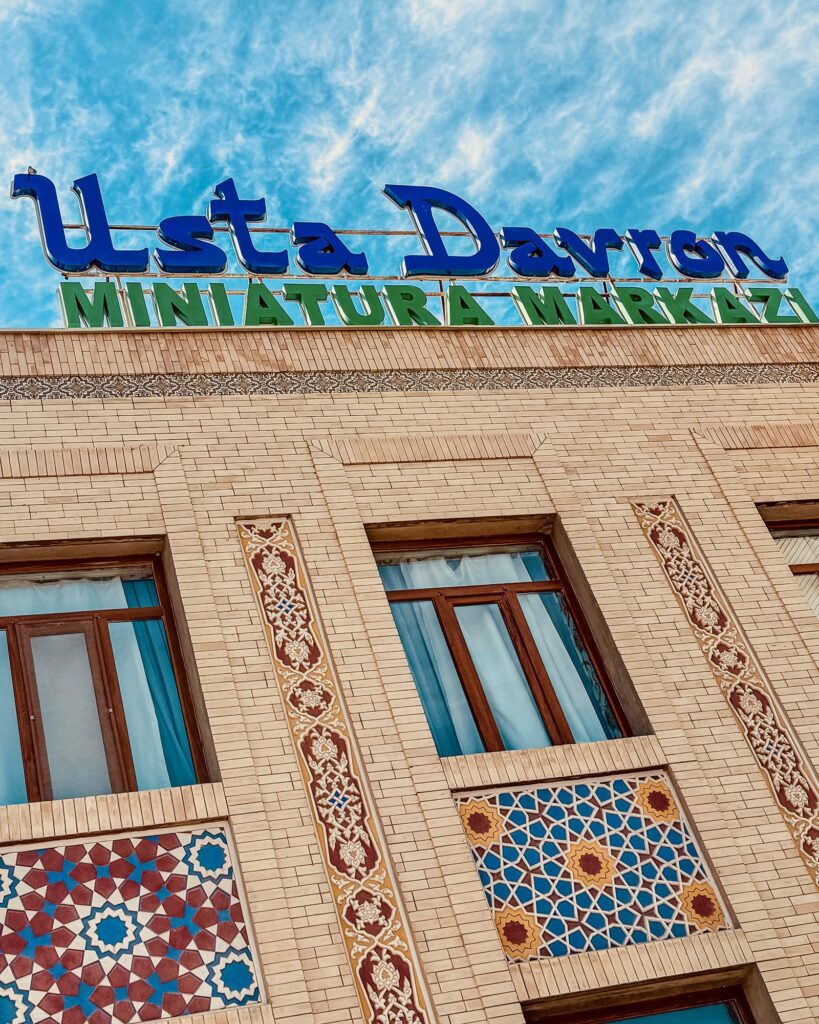
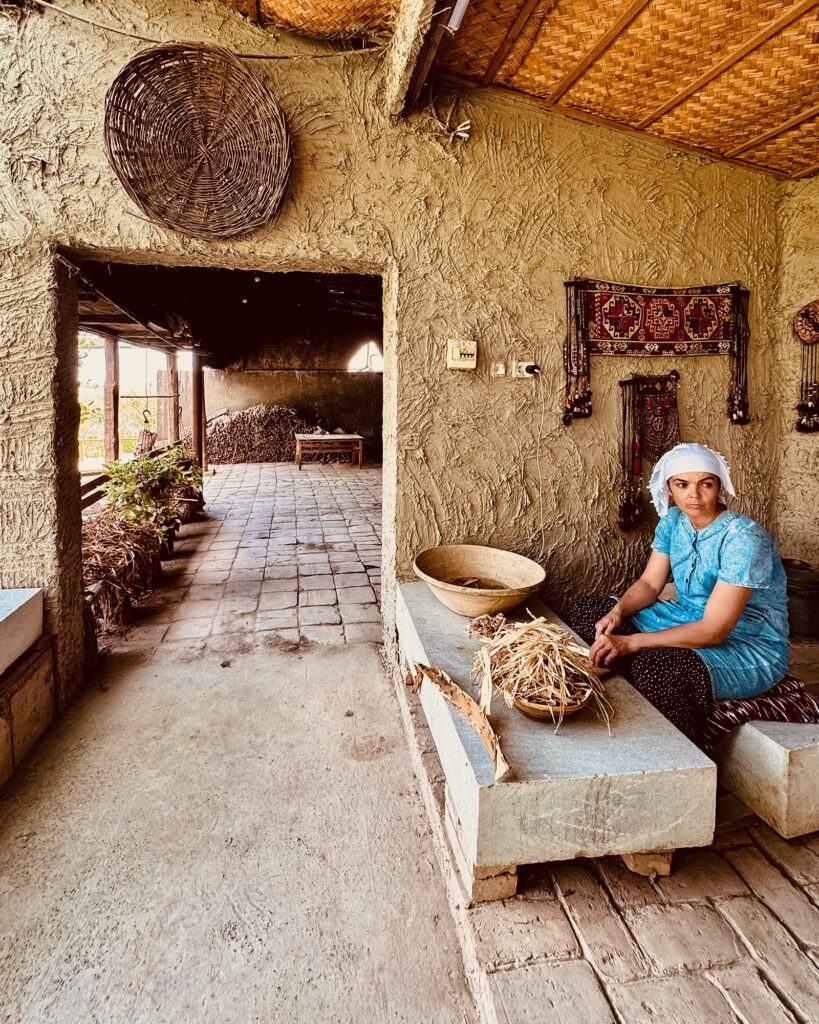
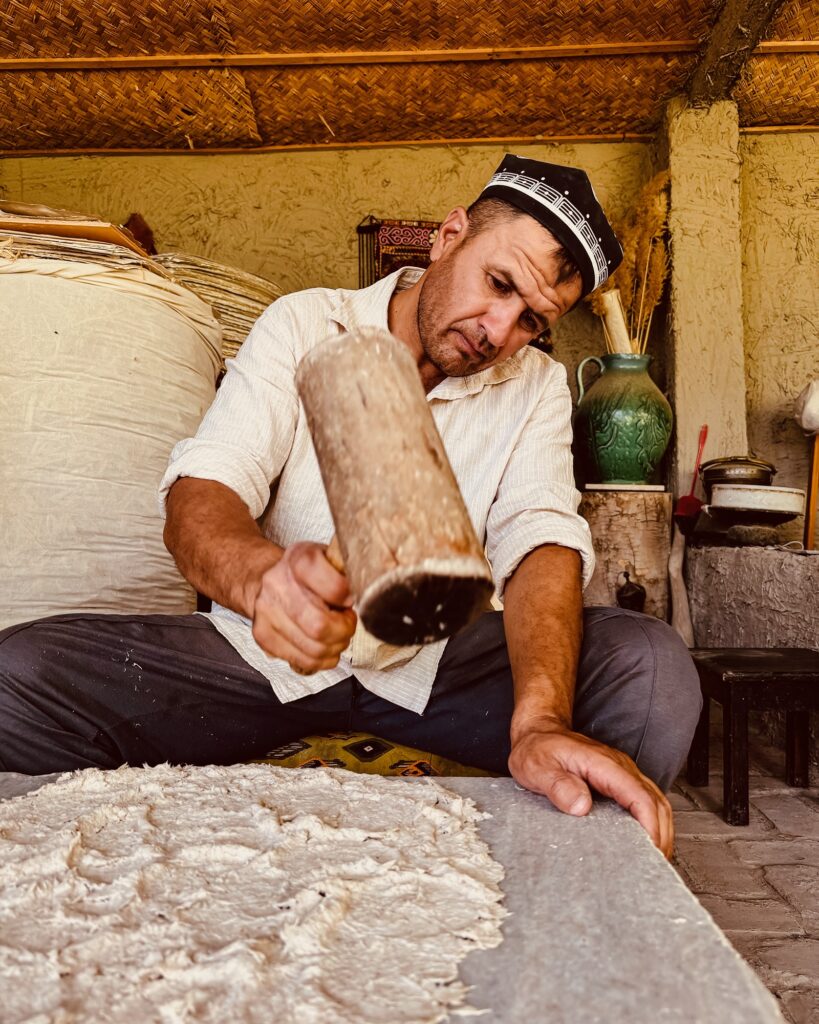
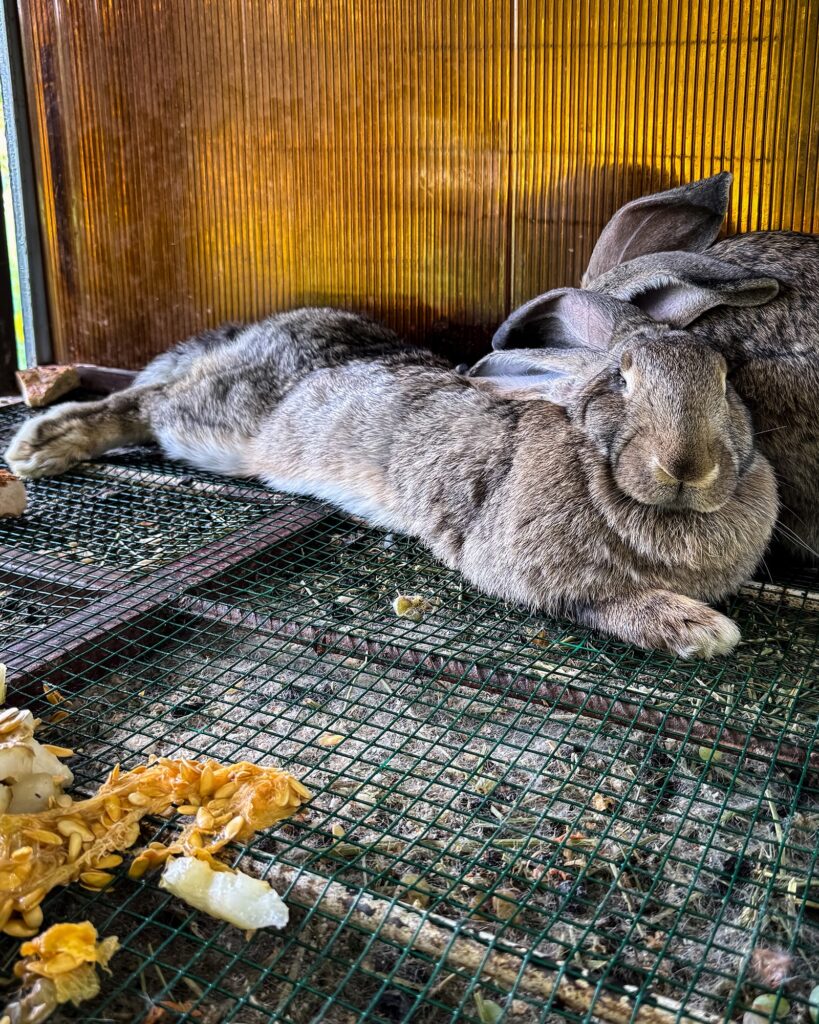
With the help of the president, Toshev has set up a small school for miniature artists called Usta Davron.
It was created to train young artists in this demanding art form and ensure the tradition carries on.
Toshev showed us how they make their own paper from mulberry bark and rub it smooth with bone.
We petted the giant fluffy rabbits that provided the fine hair used to make brushes.
And met the students quietly and diligently refining their skills.
I ended up buying a miniature myself.
Not by the maestro himself.
That would have been way out of my price range.
Rather, it was painted by one of his students and tells the story of the hoopoe bird and the Tree of Life.
From my understanding, the moral of the story is that the most important things in life can be found close to home.
Definitely not the strategy I’ve lived my life by.
